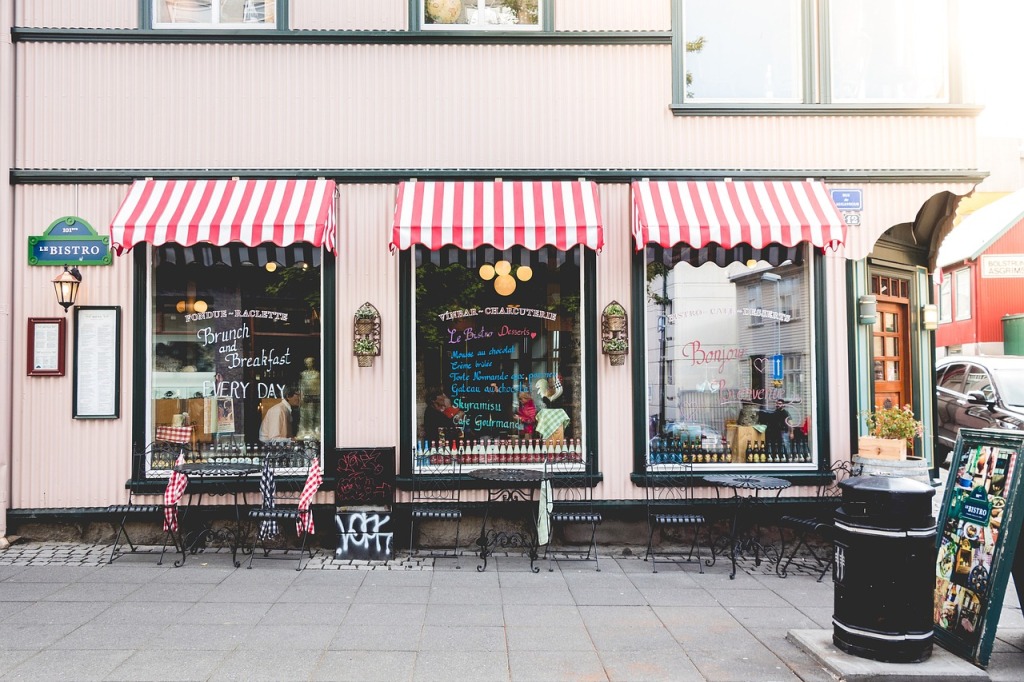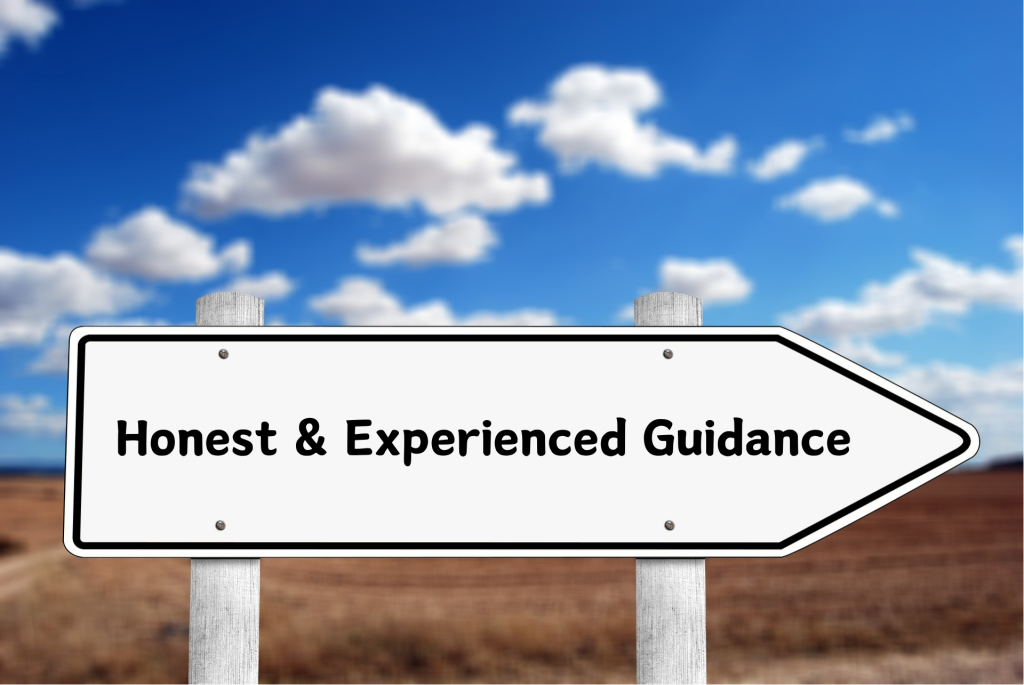In the realm of business, the decision to either lease or buy commercial property is a crucial one, often carrying significant implications for the future of the enterprise. Both options come with their own set of advantages and drawbacks, making it essential for entrepreneurs and business owners to carefully evaluate their specific circumstances, needs, and goals before making a choice.
Let’s explore the pros and cons of leasing versus buying commercial property to help you make an informed decision.
Photo by Pixabay: https://www.pexels.com/photo/white-15120-building-269077/
Leasing Commercial Property
Pros:
- Lower Initial Costs: Leasing typically requires less upfront capital compared to purchasing property. Instead of a hefty down payment, lessees usually pay a security deposit and the first month’s rent.
- Flexibility: Leasing offers businesses the flexibility to adapt to changing needs. If your business experiences growth or contraction, it’s easier to adjust your space requirements when leasing, either by expanding into additional units or downsizing.
- Reduced Responsibilities: Maintenance and repair responsibilities often fall on the landlord when leasing commercial property. This can alleviate some of the burdens associated with property ownership, allowing business owners to focus on core operations.
- Location Options: Leasing provides access to prime locations that may be financially out of reach for purchasing. This can be advantageous for businesses looking to establish a presence in high-traffic areas or “destination” areas without the commitment of ownership.
Cons:
- Limited Control: As a Tenant, you have limited control over the property. Renovations or alterations most likely require Landlord approval, and lease terms may restrict certain activities or changes to the space.
- No Equity Building: Unlike buying property, leasing does not offer the opportunity to build equity. Monthly lease payments contribute solely to occupancy costs without any long-term asset accumulation.
- Rental Increases: Lease agreements typically include provisions for rent escalation over time. While this allows Landlords to keep up with market trends and increased costs due to economic fluctuations, it can lead to increased occupancy costs for tenants, affecting long-term financial planning.

Buying Commercial Property
Pros:
- Ownership and Equity: Purchasing commercial property allows businesses to build equity over time. Property ownership can serve as a long-term investment, potentially yielding returns through appreciation and equity buildup.
- Control and Customization: Property ownership grants full control over the space, enabling businesses to customize and modify the property according to their needs without seeking landlord approval.
- Stable Costs: With a fixed-rate mortgage, businesses can enjoy stable occupancy costs, unaffected by fluctuating rental rates. This predictability can facilitate better financial planning and budgeting.
- Potential Rental Income: Owning commercial property provides the opportunity to generate additional income by leasing out unused space to other businesses or tenants, thereby diversifying revenue streams.
Cons:
- High Initial Costs: Buying commercial property entails substantial upfront costs, including down payments, closing costs, and potential property improvements. This can be a barrier to entry for some businesses, particularly startups or small enterprises.
- Maintenance Responsibilities: Property ownership comes with maintenance and repair responsibilities. Businesses must allocate resources for upkeep, repairs, and property management, which affects the bottom line.
- Limited Flexibility: Unlike leasing, owning commercial property ties your business to a specific location. Relocating or expansion needs may involve selling the property, which can be time-consuming and costly.
- Market Risk: Property values are subject to market fluctuations, and economic downturns can impact property appreciation and rental demand, potentially affecting the property’s investment value.

Image by Foundry Co from Pixabay
When it all comes down to it, there is no one-size-fits-all answer. Each option presents its own set of advantages and disadvantages, and the decision ultimately hinges on factors such as financial resources, business objectives, and long-term strategy.
By carefully evaluating the pros and cons outlined above and considering your unique circumstances, you can make an informed choice that aligns with your business goals and aspirations. Whether leasing or buying, the key is to approach the decision with thorough research and foresight to ensure a sound investment in the future of your business.
We’re eager to connect and dive deep into your vision for commercial property leasing or purchasing. Let’s explore your long-term goals together and leverage our expertise to analyze data, conduct research, and identify tailored options that fit your needs. As locals deeply rooted in this community, we’re not just passionate about the area—we live and breathe it. Count on us to bring our local insights and dedication to your real estate endeavors, ensuring a seamless journey toward your objectives.








 This town that was originally granted to a a ship captain by William Penn himself. In 1762, Phineas Eachus and Chest Weaterson were given a license to construct a tavern in West Chester, PA. This former “no-name” tavern operated for almost 200 years as a tavern/hotel and served as a pseudo-stock exchange platform (on its front porch) for the local banks in the town, where the public could purchase in an auction format.
This town that was originally granted to a a ship captain by William Penn himself. In 1762, Phineas Eachus and Chest Weaterson were given a license to construct a tavern in West Chester, PA. This former “no-name” tavern operated for almost 200 years as a tavern/hotel and served as a pseudo-stock exchange platform (on its front porch) for the local banks in the town, where the public could purchase in an auction format.







